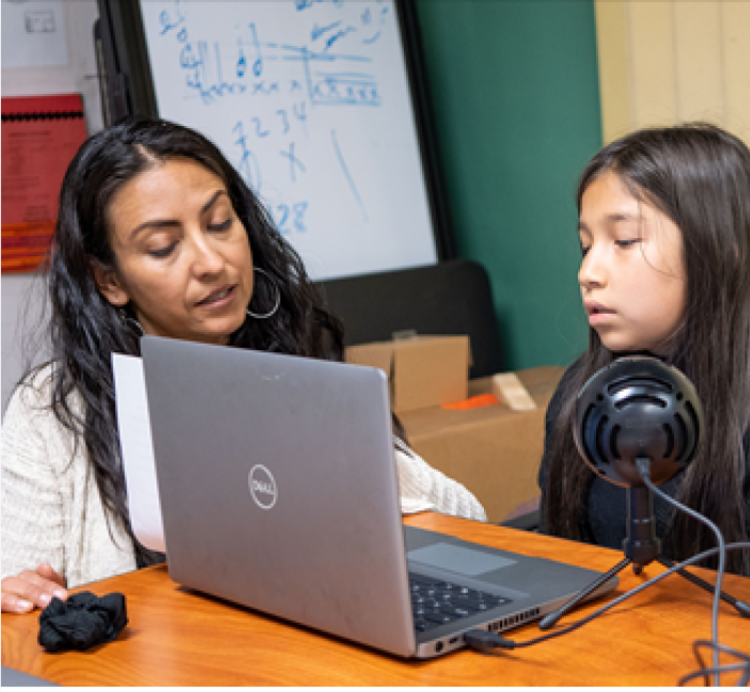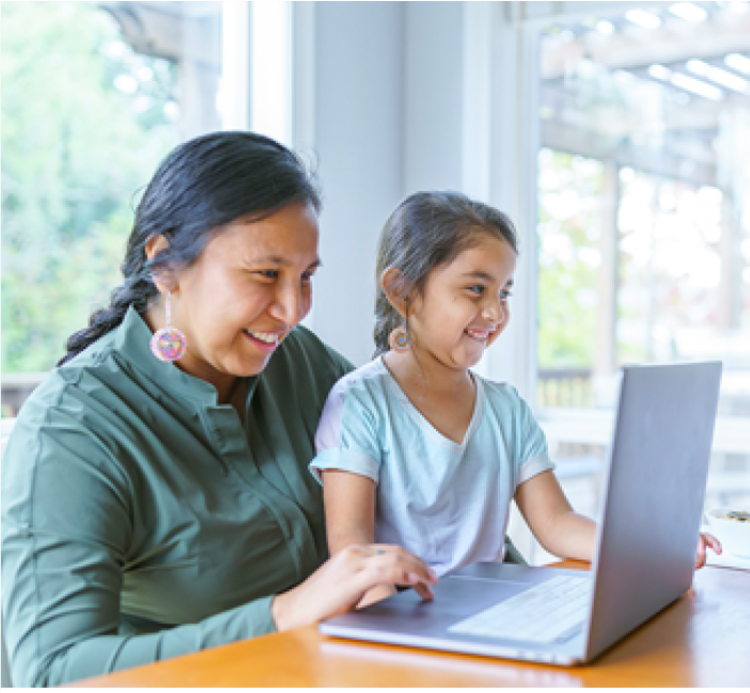Information
| This guide provides a comprehensive roadmap for schools and educators on effectively pivoting to remote instruction. The shift to remote learning presents unique challenges, but with careful planning, clear communication, and a focus on student engagement and well-being, schools can create a successful and enriching remote learning experience for all students. Emphasizing the use of technology, synchronous and asynchronous teaching methods, and a strong support system for students, parents, and teachers, this guide aims to equip educational institutions with the necessary tools and strategies to adapt seamlessly to remote instruction during challenging times. By prioritizing collaboration, flexibility, and continuous improvement, schools can ensure that learning never stops and students continue to thrive in a remote learning environment. |
Individualized Communication:
- Establish a clear communication plan with parents or guardians of special education students to understand their needs and preferences during remote learning.
- Schedule virtual meetings with parents and the IEP team to review and update individualized education plans (IEPs) to align with remote learning requirements.
Remote Learning Accommodations:
- Ensure that all accommodations specified in the IEP are implemented in the remote learning environment.
- Collaborate with teachers to provide training and guidance on how to effectively implement accommodations during online instruction.
Assistive Technology Support:
- Identify and address the assistive technology needs of special education students to facilitate remote learning.
- Offer training and technical support to students, parents, and teachers on using assistive technology tools effectively.
Scheduling and Flexibility:
- Develop a flexible schedule that allows special education students to access synchronous and asynchronous learning activities based on their individual needs.
- Consider individualized breakout sessions or small group instruction for more personalized support.
Specialized Support Services:
- Continue to provide related services outlined in the IEP, such as speech therapy, occupational therapy, counseling, and social work services, through teletherapy or virtual sessions.
- Collaborate with service providers to ensure they have the necessary technology and resources to deliver remote services effectively.
Progress Monitoring:
- Establish protocols for regularly monitoring the progress of special education students during remote learning.
- Use various assessment tools and data collection methods to gauge student growth and adjust instruction as needed.
Parent and Teacher Collaboration:
- Encourage ongoing communication and collaboration between parents and teachers to address any concerns or challenges related to remote learning.
- Provide resources and strategies to support parents in assisting their children with remote learning tasks.
Individualized Learning Plans:
- Develop individualized learning plans (ILPs) that outline specific goals and objectives for each special education student during remote learning.
- Review and update ILPs regularly in collaboration with parents, teachers, and related service providers.
Transition Planning:
- Develop a plan for transitioning special education students back to in-person learning when it becomes feasible.
- Address potential learning gaps and the social-emotional needs of students during the transition.
Staff Professional Development:
- Offer ongoing professional development for teachers and staff involved in special education to build their capacity for remote instruction and support.
- Provide training on differentiated instruction, behavior management, and effective strategies for remote learning for students with diverse needs.
Communication and Resources:
- Create a dedicated webpage or section on the school website with resources, guidelines, and support materials for remote learning and special education services.
- Ensure that all stakeholders have easy access to information and updates related to special education during remote learning.
Continuous Improvement and Feedback:
- Regularly seek feedback from parents, teachers, and students to identify areas for improvement in the delivery of special education services during remote learning.
- Use feedback to refine and enhance the support provided to special education students.
Use these links to access information based on user type and/or implementation speed.





